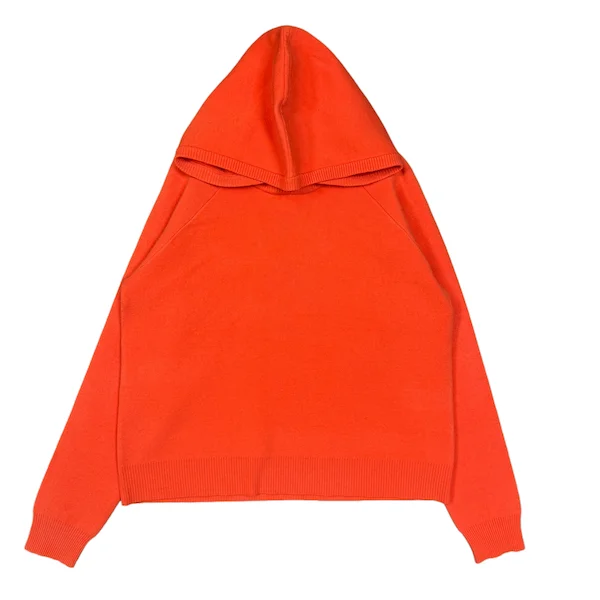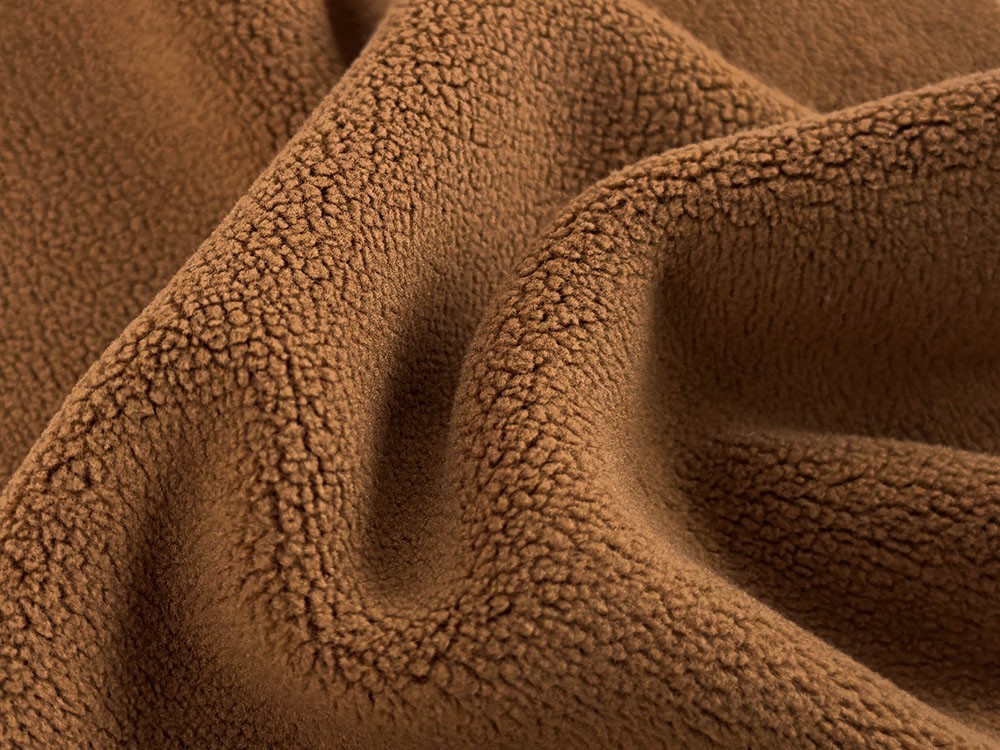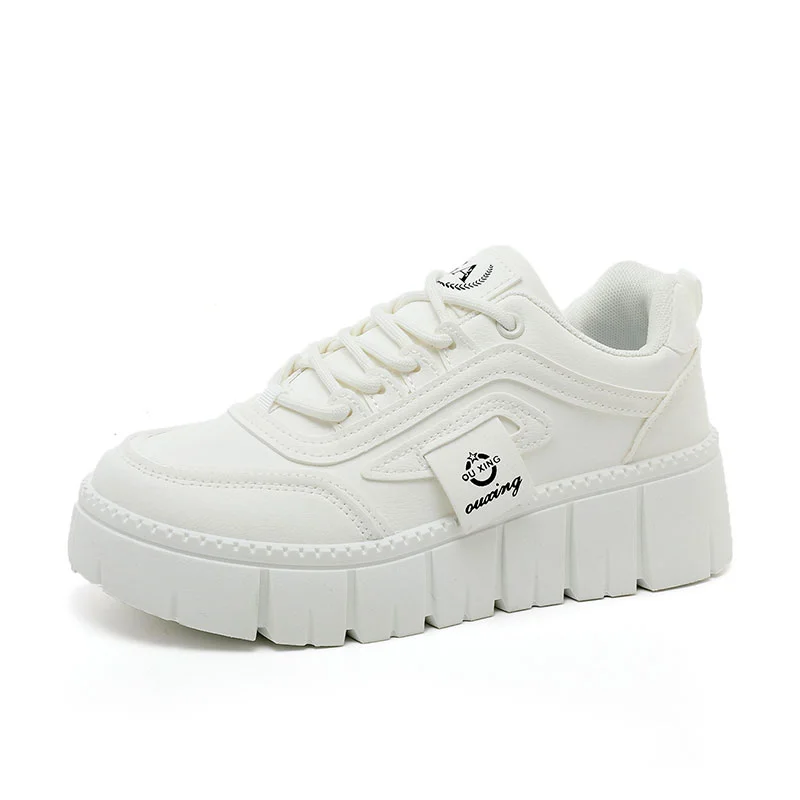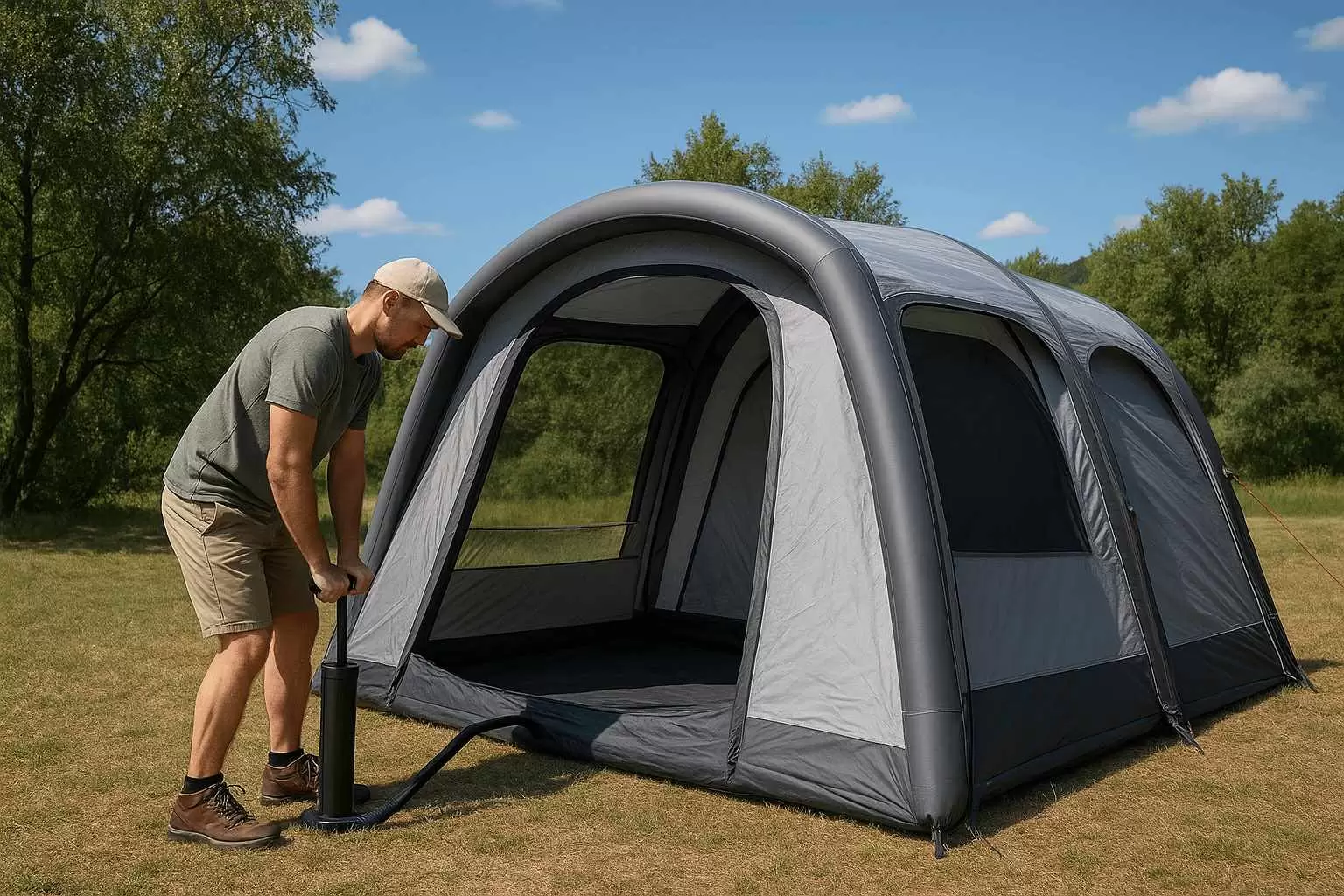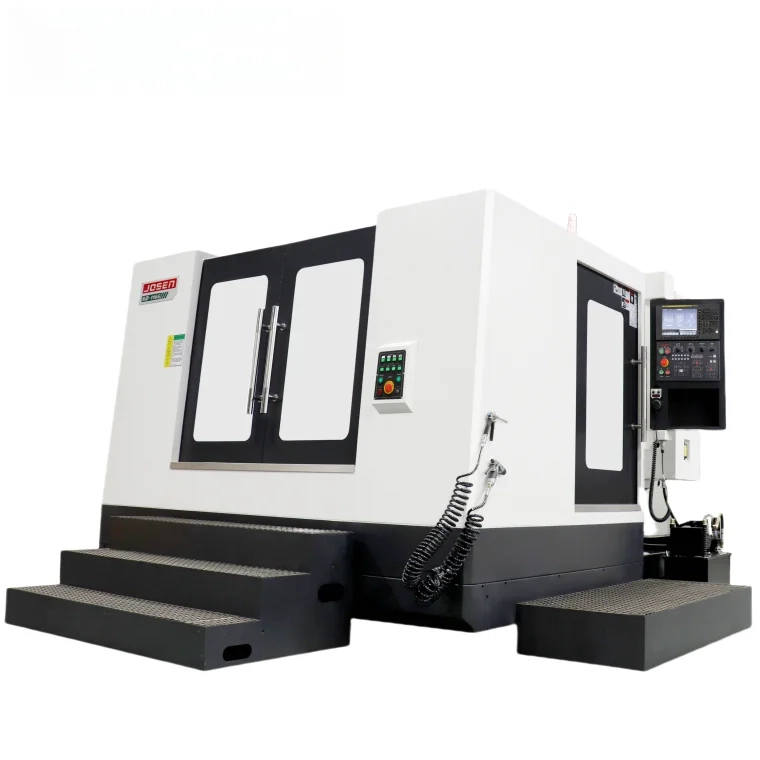When it comes to physical activity, whether you're hitting the gym, going for a run, or participating in a high-intensity sport, the choice of fabric can significantly impact your comfort and performance. The right fabric can wick away moisture, regulate temperature, and prevent chafing, making it essential to understand what materials are best suited for sweating. In this comprehensive guide, we will explore the various types of fabrics available, their properties, and how to choose the best one for your needs.
Understanding Sweat and Its Impact on Performance
Before diving into fabric choices, it’s important to understand the nature of sweat. Sweat is the body’s natural cooling mechanism, produced by sweat glands to regulate temperature during physical exertion. However, excessive sweating can lead to discomfort, chafing, and even skin irritation if the right fabrics are not used. Therefore, selecting the appropriate material can enhance your workout experience by keeping you dry and comfortable.
Key Fabric Properties for Active Wear
When evaluating fabrics for sweating, consider the following properties:
- Moisture-Wicking: This is perhaps the most critical feature for active wear. Moisture-wicking fabrics draw sweat away from the skin and allow it to evaporate quickly. This helps maintain a comfortable body temperature and prevents the fabric from becoming heavy and clingy.
- Breathability: Fabrics that allow air to circulate help regulate body temperature. Breathable materials reduce the risk of overheating, which is especially important during intense workouts.
- Quick-Drying: Fabrics that dry rapidly after absorbing moisture are ideal for high-sweat activities. Quick-drying materials prevent the discomfort associated with wet clothing and help maintain a consistent body temperature.
- Durability: Active wear should withstand rigorous movements and frequent washing. Durable fabrics maintain their shape and performance over time, ensuring longevity.
- Comfort and Fit: The fabric should feel good against the skin and allow for a full range of motion. Stretchable materials that conform to the body can enhance comfort and performance.
Top Fabrics for Sweating
Now that we understand the essential properties, let’s explore some of the best fabrics for sweating:
- Polyester
Polyester is one of the most popular fabrics for active wear due to its excellent moisture-wicking properties. It is lightweight, durable, and dries quickly, making it ideal for high-intensity workouts. Additionally, polyester is resistant to shrinking and stretching, ensuring that your gear maintains its shape over time.
- Nylon
Nylon is another synthetic fabric known for its strength and durability. It has a smooth texture, which reduces friction against the skin, minimizing chafing. Nylon also has good moisture-wicking capabilities and dries quickly, making it suitable for various activities, from running to cycling.
- Merino Wool
While wool may not be the first fabric that comes to mind for sweating, merino wool is an exceptional choice for both warm and cool conditions. It naturally wicks moisture away from the skin and regulates temperature, keeping you warm when it’s cold and cool when it’s hot. Additionally, merino wool has natural odor-resistant properties, making it ideal for multi-day wear.
- Bamboo Fabric
Bamboo fabric is gaining popularity in the active wear market due to its eco-friendly properties and natural moisture-wicking abilities. It is soft, breathable, and has inherent antibacterial qualities, which help reduce odor. Bamboo fabric is also biodegradable, making it a sustainable choice for environmentally conscious consumers.
- Spandex (Lycra)
Often blended with other fabrics, spandex provides excellent stretch and recovery, allowing for a full range of motion during workouts. While spandex alone is not moisture-wicking, when combined with polyester or nylon, it enhances the overall performance of the fabric, making it ideal for form-fitting active wear.
Choosing the Right Fabric for Your Activity
When selecting the best fabric for sweating, consider the type of activity you’ll be engaging in:
- High-Intensity Workouts: Look for lightweight, moisture-wicking fabrics like polyester or nylon that dry quickly and provide breathability.
- Outdoor Activities: For hiking or running in varying temperatures, merino wool or bamboo fabric can offer temperature regulation and comfort.
- Yoga or Stretching: Fabrics with a blend of spandex and moisture-wicking materials will provide the flexibility and comfort needed for movement.
Conclusion
Choosing the right fabric for sweating is crucial for enhancing your performance and comfort during physical activities. By understanding the properties of various materials and their suitability for different activities, you can make informed decisions that will improve your overall workout experience. Whether you opt for synthetic options like polyester and nylon or natural alternatives like merino wool and bamboo, the right fabric can make all the difference in how you feel during and after your workout. So, gear up wisely and sweat smart!
